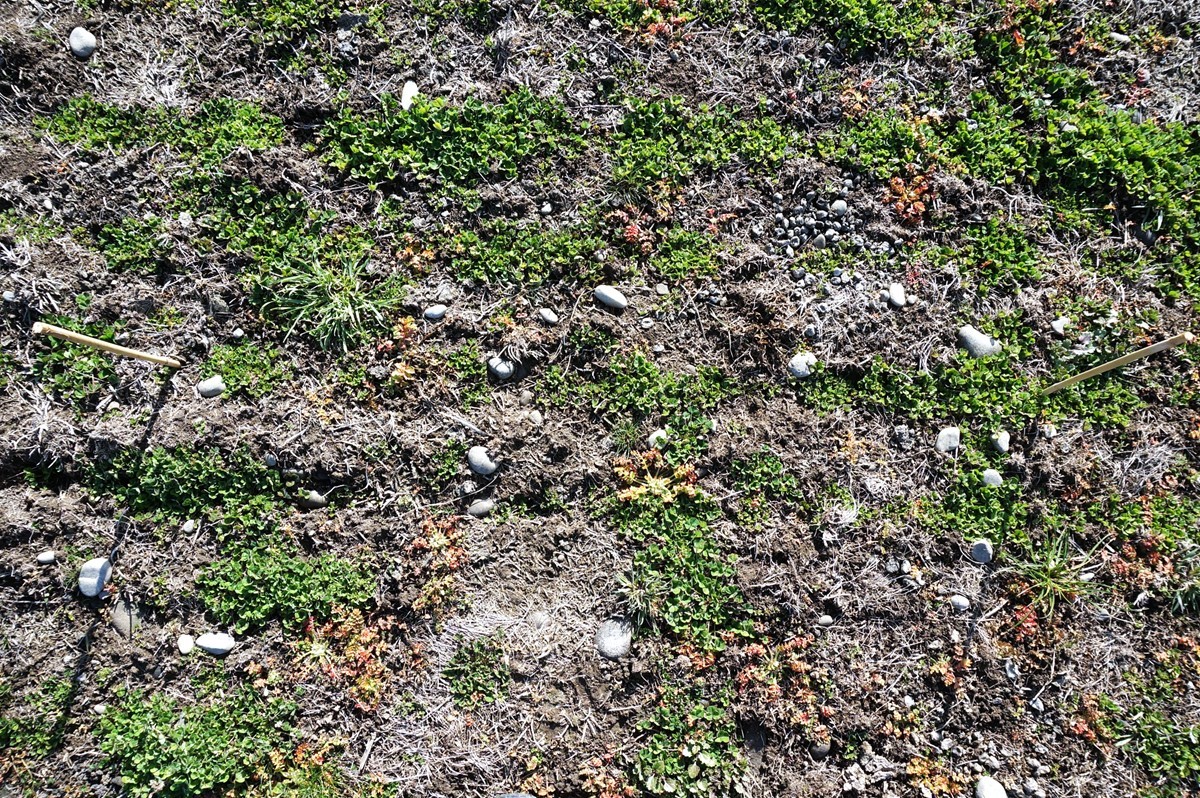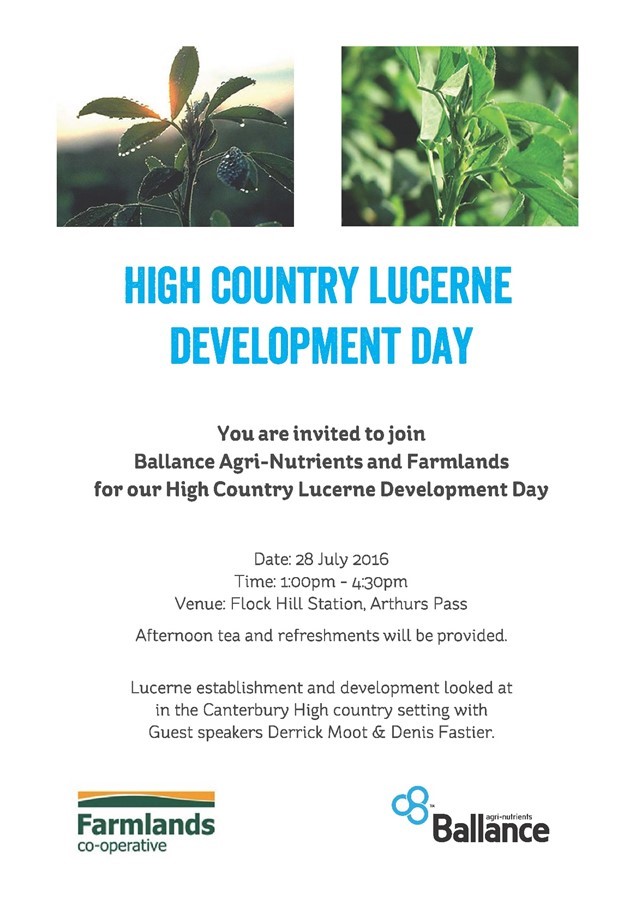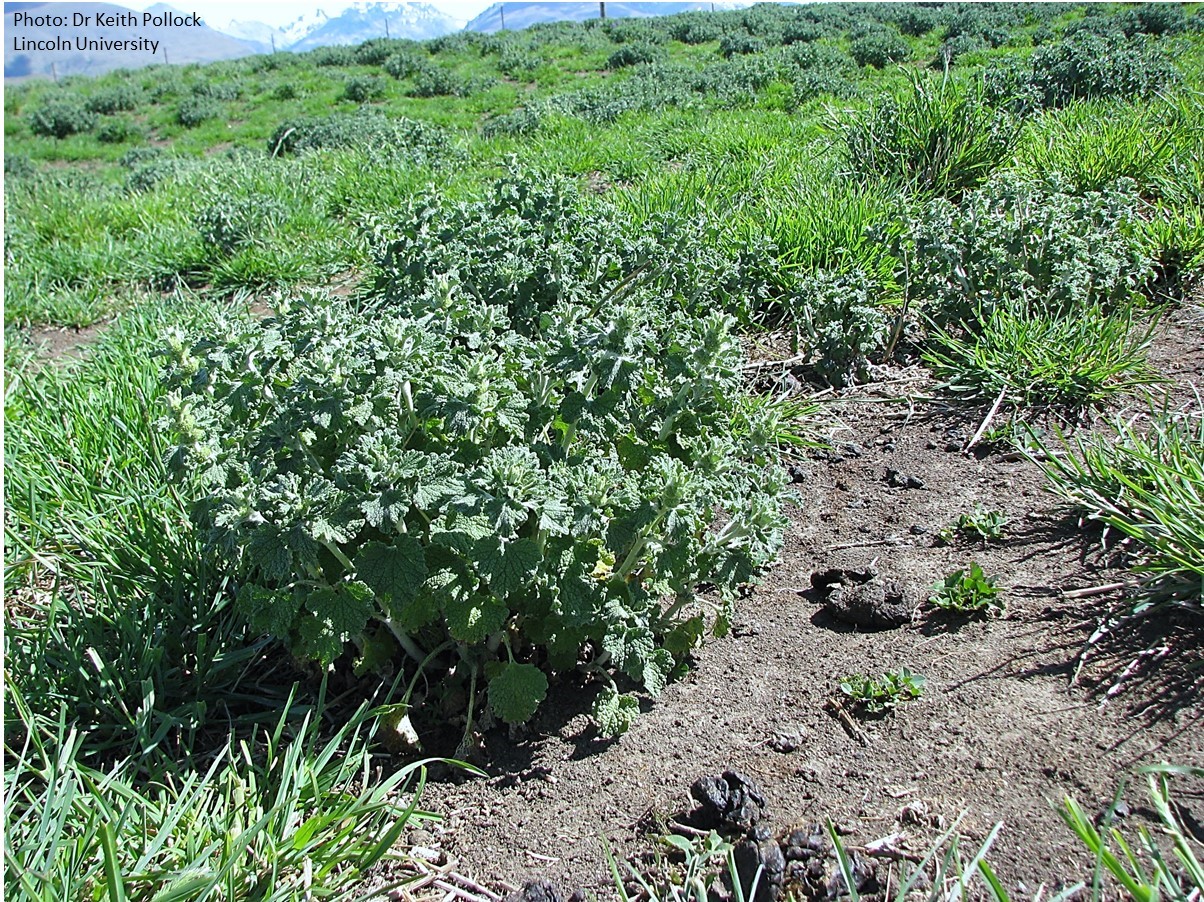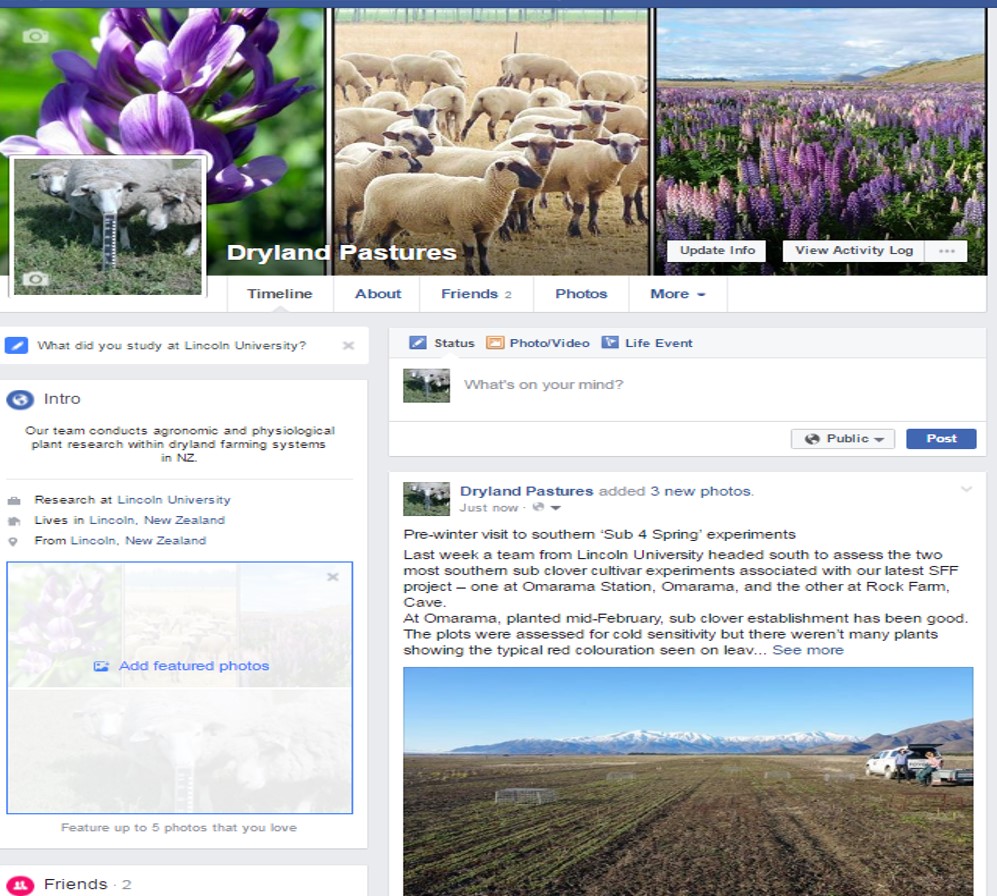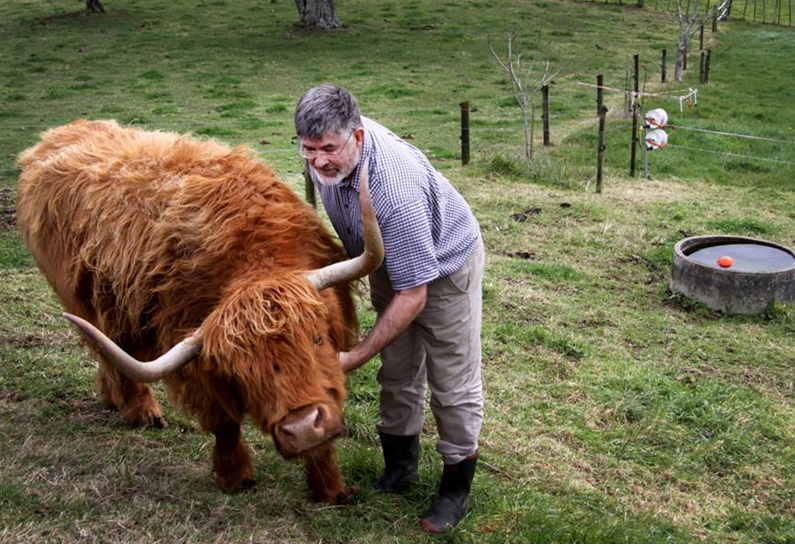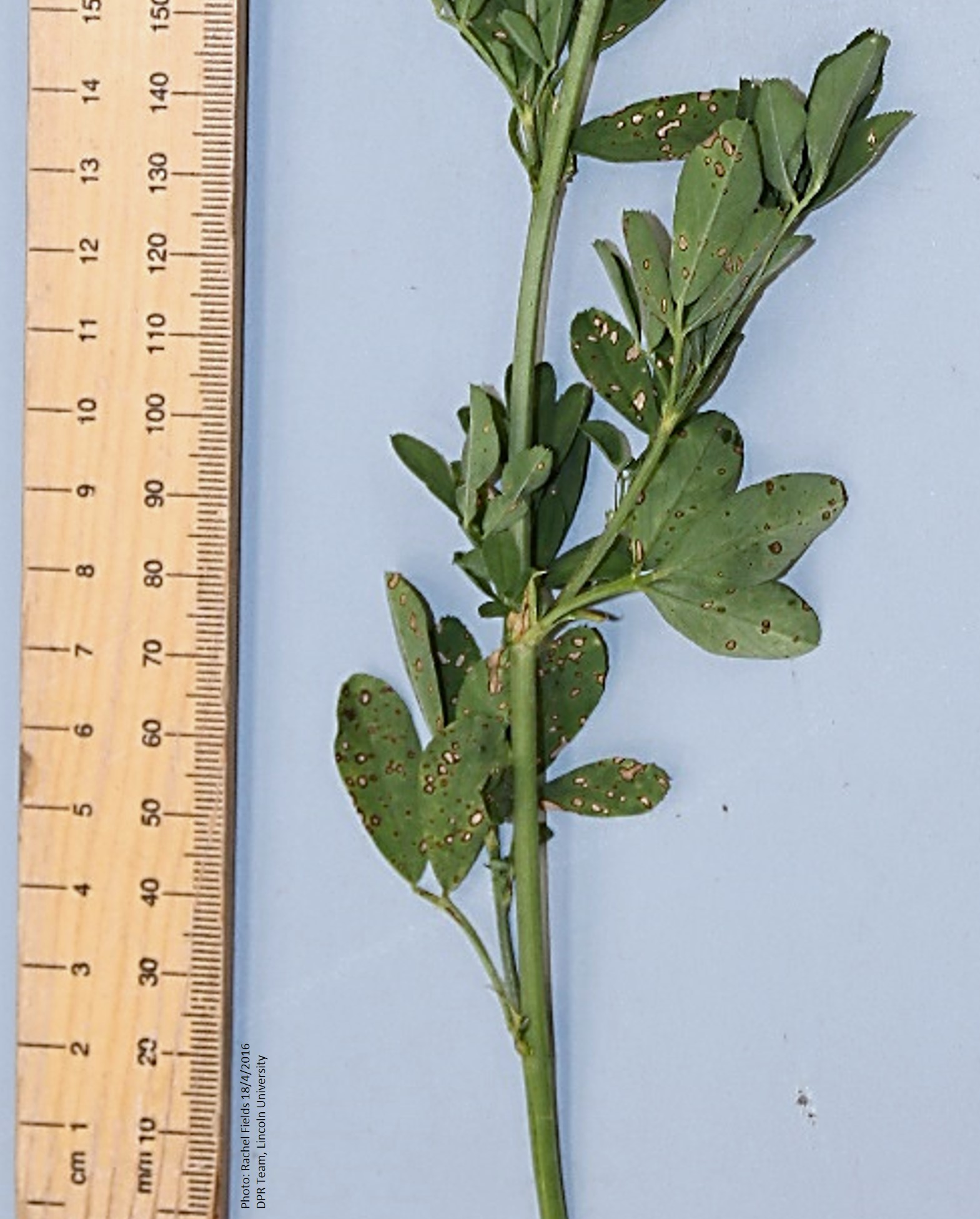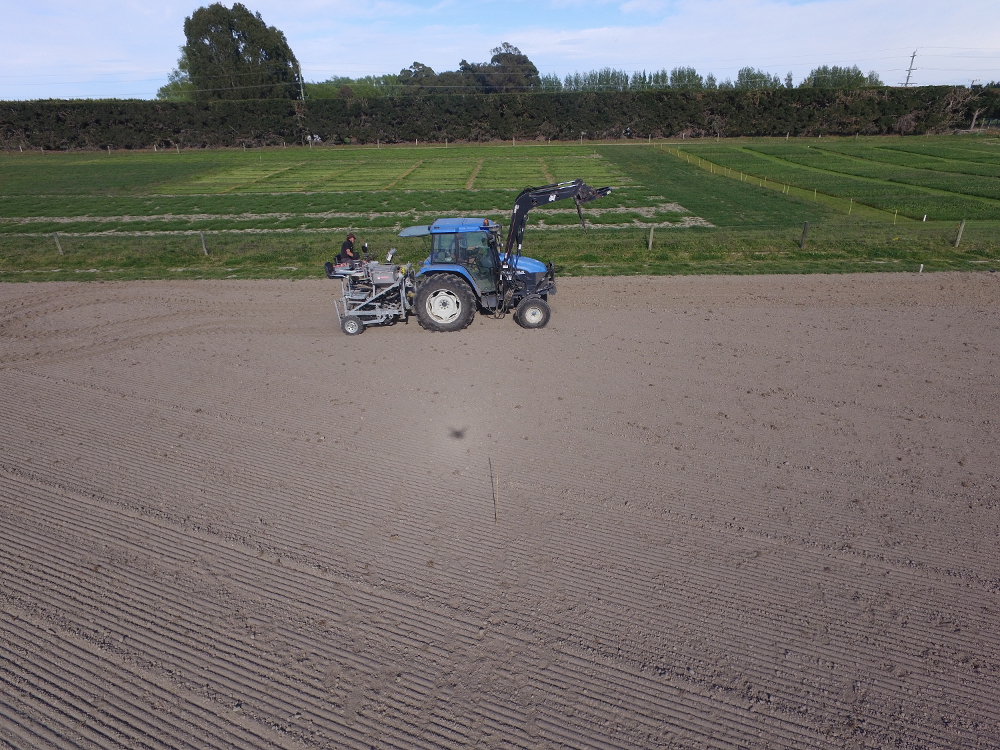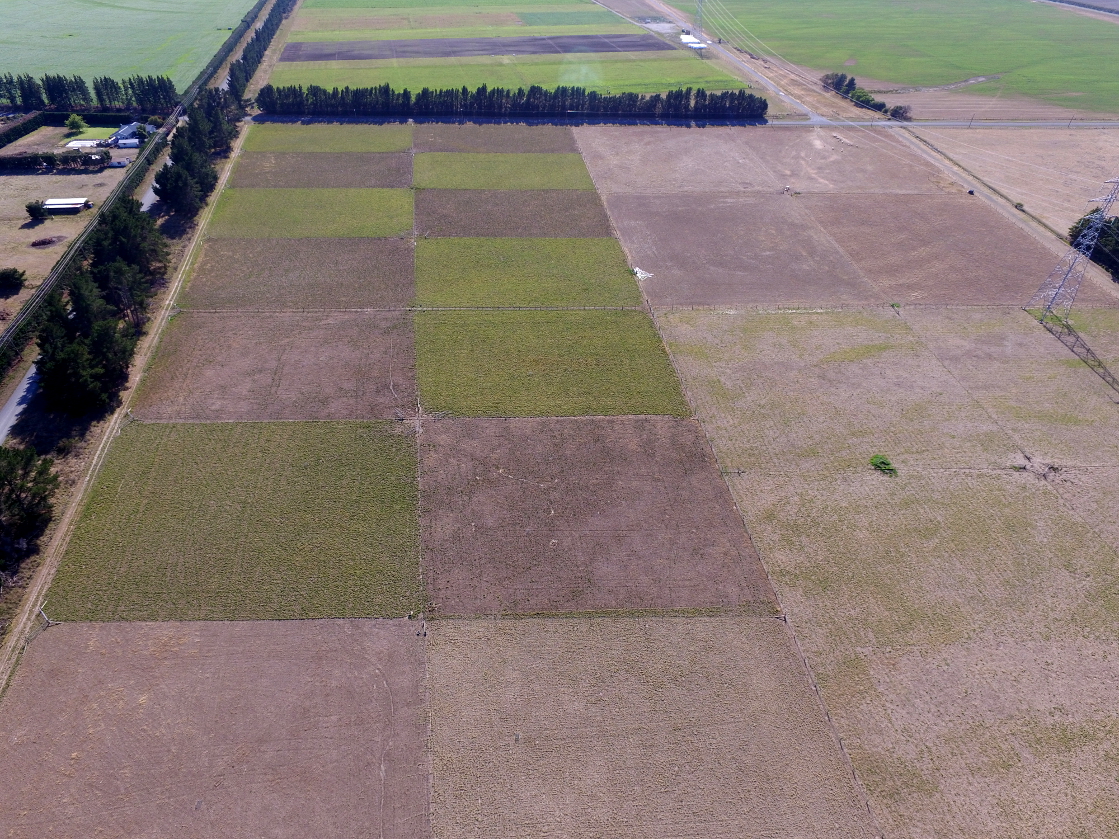Effects of herbicides on subterranean clover
On 29 July 2016 Professor Derrick Moot headed out to the Ashley Dene research farm to look at an experiment being conducted by Masters student Teresa. This experiment is investigating the effects of nine different herbicide treatments on the survival and productivity of five different subterranean clover cultivars established in autumn and spray at one of two different … Read more
